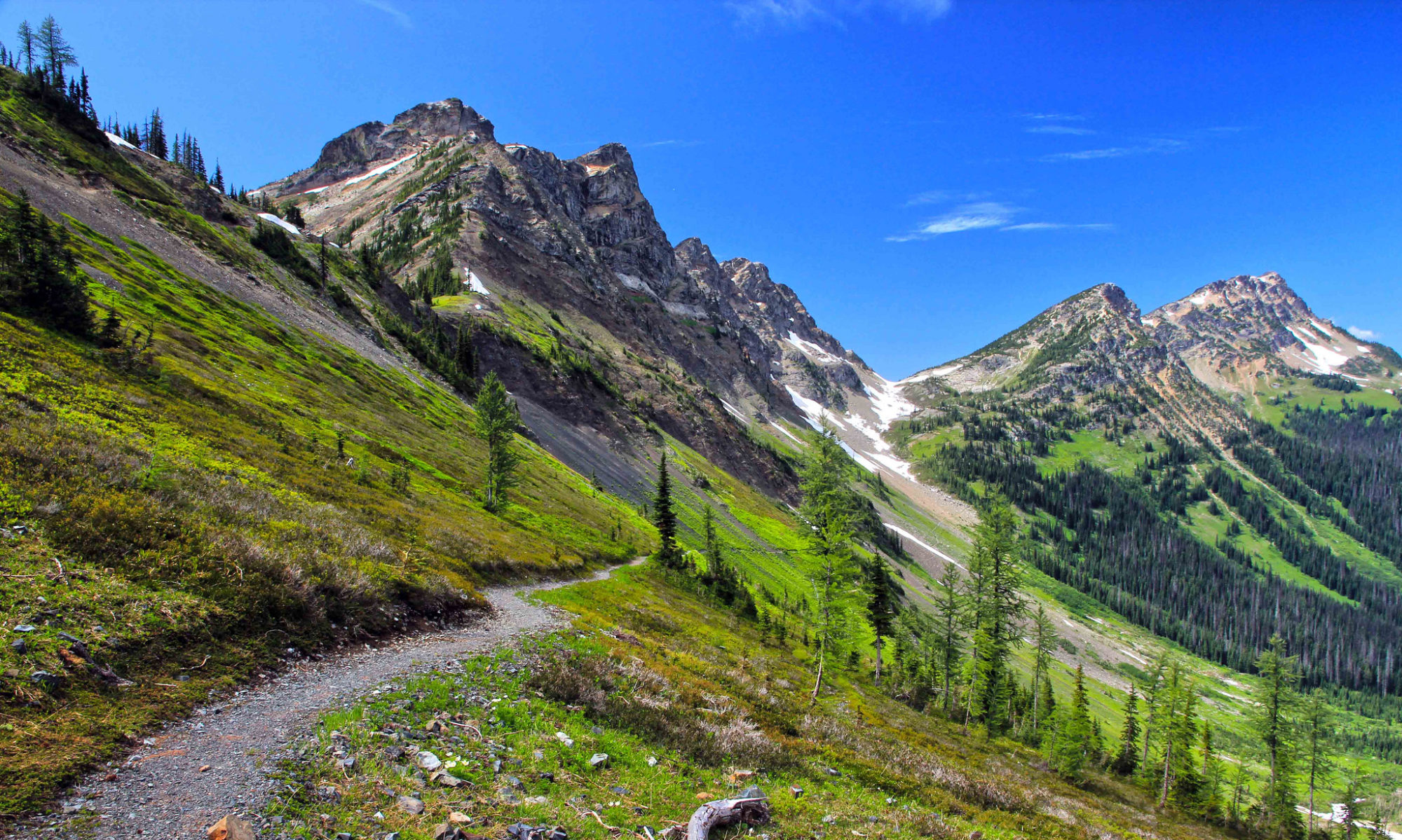As part of my preparation and training, I’m not just doing hikes two years out. I fully plan to be knowledgable and 100% confident in my ability to do the PCT. Ergo, I’ve pre-registered for some online course to help me on my way. These courses are sponsorship opportunities if anyone is looking to donate to my hike. (I do have a GoFundMe page set up)
https://gofundme.com/2c2mgtb8
Aside from signing up for a wilderness first aid course, a winter equipment and safety course and a wilderness survival course, perhaps the course I’m the MOST excited about is Thru-Hiking 101 from Backpacker Magazine and Liz “Snorkel” Thomas; a triple-Crowner*. It’s a 6-week course that touches up on literally everything I’m planning now…from food to tenting, water purification to staying motivated. At the end of it, you’re encouraged to retain extra credit by completing a documented multi-day hike utilizing the skills you learned. I think I might hike and multi-day camp sleeping Beauty, assuming she counts. Check out this syllabus:
WEEK 1 // Refining the Dream
LESSON 1 // How this class works
LESSON 2 // What is thru-hiking?
LESSON 3 // Choosing the right trek for you
LESSON 4 // Finding the time and money
LESSON 5 // Rallying your team
LESSON 6 // Understanding your “why”
Homework
WEEK 2 // Making It Real
LESSON 1 // The importance of planning
LESSON 2 // Physical fitness
LESSON 3 // Calculate your budget
LESSON 4 // Set the homefront to autopilot
Homework
WEEK 3 // Route Planning
LESSON 1 // Why bother?
LESSON 2 // Think about permits
LESSON 3 // Decide when and where you’ll start
LESSON 4 // Plan your hard-stop end date
LESSON 5 // Getting to and from the trailhead
LESSON 6 // Roughing out your itinerary
Homework
WEEK 4 // Resupplies
LESSON 1 // The role of food on a thru-hike
LESSON 2 // Food rules for thru-hikers
LESSON 3 // Decide on a resupply strategy
LESSON 4 // Mail drops
LESSON 5 // Grocery store resupplies
LESSON 6 // Bounce boxes
Homework
WEEK 5 // Gear
LESSON 1 // Letting go of perfection
LESSON 2 // Ask the right questions
LESSON 3 // How to lighten up without breaking the bank
LESSON 4 // Where to spend your time and money
LESSON 5 // Other key gear decisions
LESSON 6 // What’s in their pack?
Homework
WEEK 6 // Life on the Trail
LESSON 1 // What’s it really like out there?
LESSON 2 // Eating and drinking
LESSON 3 // Making camp
Lesson 4 // Daily Routines
LESSON 5 // Tricks for the long haul
LESSON 6 // Trail etiquette
LESSON 7 // Safety basics
LESSON 8 // Special concerns for women
LESSON 9 // Special concerns for older hikers
LESSON 10 // Common thru-hiker medical issues
LESSON 11 // Staying motivated
LESSON 12// Making friends on the trail
LESSON 13 // Keeping in touch with loved ones
Homework
Course Wrap-Up
Final words of wisdom
Extended course credit: Completing your own multi-day hike
Further resources
Course feedback
Credits and acknowledgement
Awards and Accolades
To say I’m stoked would be a complete understatement. I can’t wait until seats open so I can get started. Liz, if you read this, count me in!!!!
Eeeeeeeeeee!!!!!!
*Triple-Crowner: someone who has thru-hiked the Appalachian Trail, the Continental Divite Trail and the Pacific Crest Trail.










